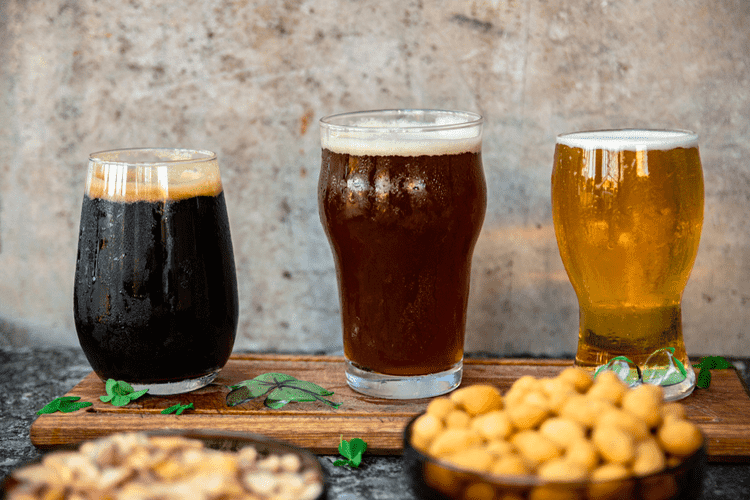Opioids also cause neurons that produce dopamine, the neurotransmitter that plays a role in how we feel pleasure, to fire more frequently. The authors wish to thank all participants and investigators who took part in the RECOVER study. Mr Mills had full access to all study data and takes responsibility for data integrity and accuracy of the data analysis. We also wish to thank Nick Peiper for his insight and feedback on the community level datasets, Frank Mierzwa and the field research team for data collection, and Beth Lesher for medical writing assistance.
- They may have the guidance or structure you need to stay on your path.
- Maintaining sobriety often involves changes like building a new social circle, adopting healthier routines, engaging in therapy, and setting personal goals.
- Information provided by NIDA is not a substitute for professional medical care or legal consultation.
Mental Health and Loneliness
- Reducing your dose or switching medications may help alleviate many of these symptoms.
- With these options, opioid rehab becomes more accessible, helping individuals get the treatment they need for long-term recovery.
- For young adults, family also includes significant others and close friends who spend most time with that individual and are the source of both positive and negative influences.
- The criminal justice system intersects significantly with the opioid crisis, creating both opportunities and challenges.
In this comprehensive blog post, we will explore the stages of brain recovery from opioid addiction, offering a timeline that spans from the early days of sobriety to long-term healing. A person who experiences more risk factors will be in increased danger of developing an opioid use disorder or addiction. However, not having these added risk factors heroin addiction does not exclude a person from possibly gaining an opiate addiction. Opiate users are also at an increased risk for certain health concerns, including HIV and hepatitis, due to injecting opiates intravenously. All opiate users also regularly risk experiencing an overdose, which is a medical emergency and can easily turn lethal if not treated immediately.

International Patients

Inpatient treatment often occurs at a rehab treatment facility or a recovery from opioid addiction hospital. Both are staffed by treatment experts around the clock to best meet the needs of those affected by opiates. To be diagnosed with an opioid use disorder, a person only needs to show two of the signs and symptoms listed. Having more could indicate a more significant and problematic disorder.
Treatment options
Dynorphin https://www.computersupportpr.com/2022/08/11/boston-ma-sober-homes-for-women/ acts through κ-opioid receptors, and is widely distributed in the CNS, including in the spinal cord and hypothalamus, including in particular the arcuate nucleus and in both oxytocin and vasopressin neurons in the supraoptic nucleus. Many of the alkaloids and other derivatives of the opium poppy are not opioids or narcotics; the best example is the smooth-muscle relaxant papaverine. Noscapine is a marginal case as it does have CNS effects but not necessarily similar to morphine, and it is probably in a category all its own. Once you know what puts your recovery at risk, you can plan how to respond instead of react. Detox isn’t about willpower—it’s about stabilizing the body and preparing for the next phase of recovery.
